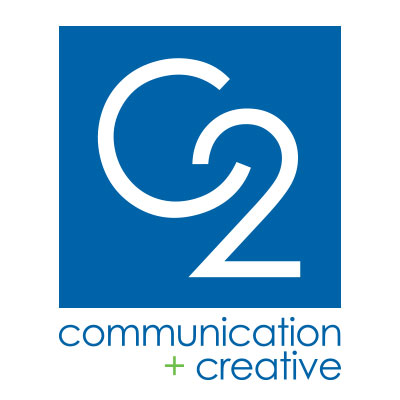Work life is simply better when employees and work groups get truly engaged in their roles.
But employees, ranging from Gen Z to baby boomers, receive communication in different ways, so organizations must use a variety communication techniques to reach them efficiently and effectively. Consider these strategies to engage with, communicate and keep the workforce engaged and motivated.
As the Remote Workforce Grows So Must Your Communication Efforts
Each year, more and more organizations encourage employees to work from, well, wherever. Sitting at a desk in an office is no longer the standard operating procedure. This change requires leaders to pump up the volume on how they communicate.
First, recognize the needs of a workforce that is spread out geographically. Consider how you will engage with them using a variety of channels designed to reach them both hither and yon. Apps, text messaging, push notification tools, and social media channels all offer ways to communicate quickly and efficiently. The trick is to connect with employees no matter where they are to ensure engagement and make each person feel part of the team.
Create a Mobile App for Internal Use
Mobile apps designed for employee communication are a real thing. And they can help your organization reach employees quickly with reminders, targeted news about the company and more. A mobile app creates a new channel of communication that augments the use of email and posting information to the company intranet. Here are a few benefits a custom mobile app provides:
- It encourages social interaction including comments, likes and sharing.
- It lets your organization analyze which content is most engaging.
- It helps foster more conversation among the C-suite, middle managers and the frontline worker.
- It allows for content targeting. Employees use app settings to determine the information that is most important to them (location or department specific news).
- It makes the organization appear more innovative.
Respect Work Style Preferences
Individuals bring unique work philosophies to the table. Millennials, for example, desire autonomy. They often prefer to work together in small groups, collaborate and brainstorm on projects large and small. This behavior nets better ideas and solutions. Baby boomers see this happening around them and some are even willing to join the fray. But respect those on the team who prefer to work quietly at their desk. Create atmospheres in the workplace that foster both independent thinking as well as peer-to-peer engagement.
Support Social Media
I'm old enough to remember when restrictions were placed on who could access the Internet at work (it wasn't that long ago). But today, individuals of every age use social media to connect with each other, including their business associates. Organizations must accept social media and put it to work for the business. Your employees are the most important voice of the organization.
Consider arming customer service and sales teams with the social tools they need to work more efficiently. Encourage employees to post information about what they're doing on the job, their successes and their hurdles. And don't forget to ask for their thoughts on how you can improve your organization's social presence.
Communicate Via Daily Huddles
A Gallup survey found consistent communication (in person, over the phone, or electronic) results in higher employee engagement. Now there are dozens of ways to keep employees informed, but many managers find short, daily huddles best meet the needs of their teams. Huddles can happen in person, via Skype - just about any combination to connect with the team. The daily huddle should be brief (15 minutes or less), and everyone should get a chance to talk. Don't use the huddle to problem solve. Instead, take notes on potential issues that exist within the work group, then tackle them one-on-one to resolve them quickly.
Engaging with employees requires constant attention. Successful organizations invest in effective communication that informs and empowers their people. And the best internal communication leaders will tweak the communication levers as needed to maximize the result.
